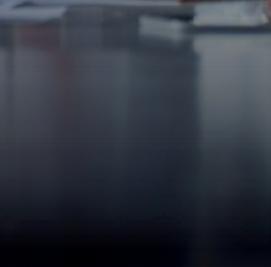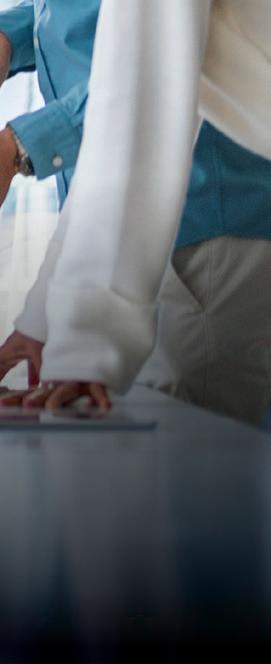




The University at Albany Department of Music and Theatre presents






The University at Albany Department of Music and Theatre presents


Christopher David Neubert, conductor






Music by George Gershwin Rhapsody in Blue



With piano soloist David Brocci, UAlbany Class of 2025
STAR WARS Suite for Orchestra by John Williams



With Special Guests UA Chamber Music Ensembles




Hilary Cumming, Director


Music by Beethoven, Faure, Arthur Foote, Lukas Foss, and Felix Mendelssohn

Sunday, May 4th, 2025, at 3 PM






Department of Music and Theatre
University at Albany
presents:
Christopher David Neubert, conductor with special guests
UAlbany Chamber
Hilary Cumming, program director
Sunday, May 4, 2025 at 3pm
Main Theatre
UAlbany Performing Arts Center
Hilary Cumming, program director
Ludwig van Beethoven……………………………...Trio in Eb 1770-1827
Irem Erogan, piano
Melissa Rosas, violin
Abigail Tsuji, cello
Gabriel Faure, Op. 50………………………………..Pavane 1845-1924
Andante molto moderato
Magdalena Rosas, flute
Daniela Lucas, flute
Alyssa Cossentino, clarinet
Arthur Foote, Op. 74 ……………………..Canzonetta No.1 1853-1937
Allegro Grazioso
Lukas Foss……………………………..Composer’s Holiday 1922-2009
Allegro
Jimin Jang, piano
Hilary Walther Cumming, violin
Felix Mendelssohn, Op. 66…………………Trio in C minor
Allegro energico e con fuoco
Charlotte Parque, piano
Olivia Arsenicos, violin
Isaac Chong, cello
Christopher David Neubert, conductor
George Gershwin………………...Rhapsody in Blue (1924) 1898-1937
Scored by Ferde Grofe, 1942
David Brocci – Class of 2025, piano
John Williams………………………….STAR WARS (1977) b. 1932
Original Suite For Orchestra
Princess Leia’s Theme
The Imperial March – Darth Vader’s Theme
Yoda’s Theme
Throne Room & End Title
Program Notes
Rhapsody in Blue is a 1924 musical composition for solo piano and jazz band by George Gershwin. Commissioned by bandleader Paul Whiteman, the work combines elements of classical music with jazzinfluenced effects and premiered in a concert titled "An Experiment in Modern Music" on February 12, 1924, in Aeolian Hall, New York City. Whiteman's band performed the rhapsody with Gershwin playing the piano. Whiteman's arranger Ferde Grofé orchestrated the rhapsody several times, including
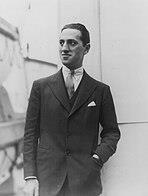
the 1924 original scoring, the 1926 pit orchestra scoring, and the 1942 symphonic scoring.
The rhapsody is one of Gershwin's most recognizable creations and a key composition that defined the Jazz Age. Gershwin's piece inaugurated a new era in America's musical history, established his reputation as an eminent composer and became one of the most popular of all concert works. In the American Heritage magazine, Frederic D. Schwarz posits that the famous opening clarinet glissando has become as instantly recognizable to concert audiences as the opening of Beethoven's Fifth Symphony.
John Williams is one of the most respected and successful composers for cinema of all time, with an incredible 49 Oscar nominations to date, among them five wins. Born in Long Island, New York in 1932, John Towner Williams was exposed to music early by his father who was a jazz drummer and percussionist for CBS radio and the Raymond Scott Quintet. In 1952 he was drafted into the US Air Force where he spent the next two years conducting and arranging music for Air Force bands. He subsequently studied piano at Julliard in New York, playing in jazz clubs
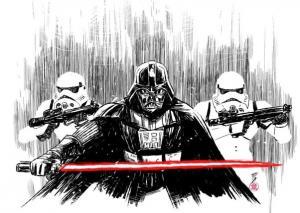
to pay his way. After moving to Los Angeles, he started playing the piano for film studios; here, his long and fruitful relationship with the cinema began.
After receiving his first Oscar for adapting the music for Fiddler On the Roof (1971), he met Steven Spielberg in 1974, their relationship producing some of the most memorable film music of all time – Jaws (the ominous twonote motif still striking terror into swimmers everywhere); ET: the extra terrestrial; Schindler’s List; Close Encounters of the Third Kind; and the Indiana Jones films.
Star Wars needs little introduction; it became a movie phenomenon and made George Lucas a multi-millionaire. With a cast of memorable characters, human and otherwise, the best villain to grace the screen in years and unbelievable effects (and music) to boot, Star Wars was a hit. The first film, subtitled Episode IV: A New Hope, went on to spawn two classic sequels in 1980 and 1983, then, in 1999, the first of three ‘Prequels’. In 2015 we were treated to the first of a new trilogy; set some thirty-two years after Return of the Jedi.
When Lucas was getting the first film ready for production, the question of music naturally came up. The director turned to his good friend Steven Spielberg who suggested he speak to ‘Johnny’ Williams. The composer took on the project fresh from an Oscar-win for Jaws and went on to compose another Academy Award-winning score. The music, created in what was an old-fashioned Hollywood style for full symphony orchestra, elevated the film to an almost operatic level. His beguiling theme for the brave and strong-willed Princess Leia Organa is one of his very best and reappears in the concert version of the Main Theme, which showcases Luke Skywalker’s triumphant theme – one of the most famous melodies yet composed.
Violins
Bryan Fonder
Concertmaster
Nicole Maher
Leah Magee
Amelia Desmarais
Logan Stone
Allison Ellis
Adrian Ramos
Kyde Power
Amanda Sue
Principal
Hope Savercool
Sophia Minuto
Madelyn Knopfke
Katy Christman
Olivia Arsenicos
Lin Song
Cristina Schiaffo
Paige Dougher
Liz Gingrich
Isabelle Savage
Abigail Johnson
Marcella Reiter
Melissa Yusaitis
Ajani Johnson
Luke Santarpia
Violas
Dara Ribis
Principal
Kayla Wardlaw
Melissa Rosas
Samantha Dalton
Catherine Rafferty
Sam McElroy
Thaddeus Conner
Brenda Padilla De
Jesus
Riley Bowman
Jaime Kendrick
Cellos
Michael Krachenfels
Principal
Connor Gordon
Alisa Bielert
Dan LaPlante
Claire Choi
Renee La Londe
Abigail Tsuji
Seth Chaiken
Ryosuke Takahashi
Double Basses
Erik Laurin
Principal
Joey Aragones
Connor Hoolan
Ayva Dell
Chamille Malcolm
Piccolo
Maria Mucaria
Flutes
Melynda Matheke
Isabella Bulnes
Brianna Boyce
Magdalena Ramos
Oboe
Tyler Leicht
Ian Cohen
English Horn
Ian Cohen
Clarinets
James Affatigato
Emily Lucy
Bass Clarinet
Ryan O’Connell
Bassoons
Laura Canham-Lunde
Jennifer Fullam
French Horns
Shannon Broda
Jonah Hauf
Erica DeNicola
Sarah Howard
Trumpets
John Fatuzzo
Ethan Chen
Sean Cummins
Vincent Amodeo
Trombones
Caleb Clapper
Jessica Watson
Matthew Scheidt
Tuba
Jacob Reiter
Tympani
Jonathan Wolter
Percussion
Yeajee Chon
Andre Speller
Keziah Jobs
Rachel Grudus
Harp
Karlinda Caldicott
Piano
Duncan Cumming
Orchestra Librarian
and Management
Hope Savercool
Assistant Jonathan Wolter
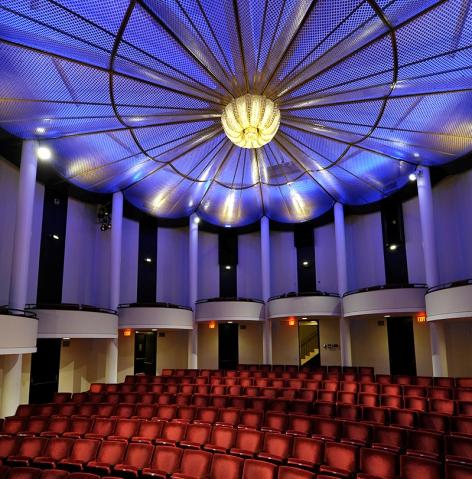
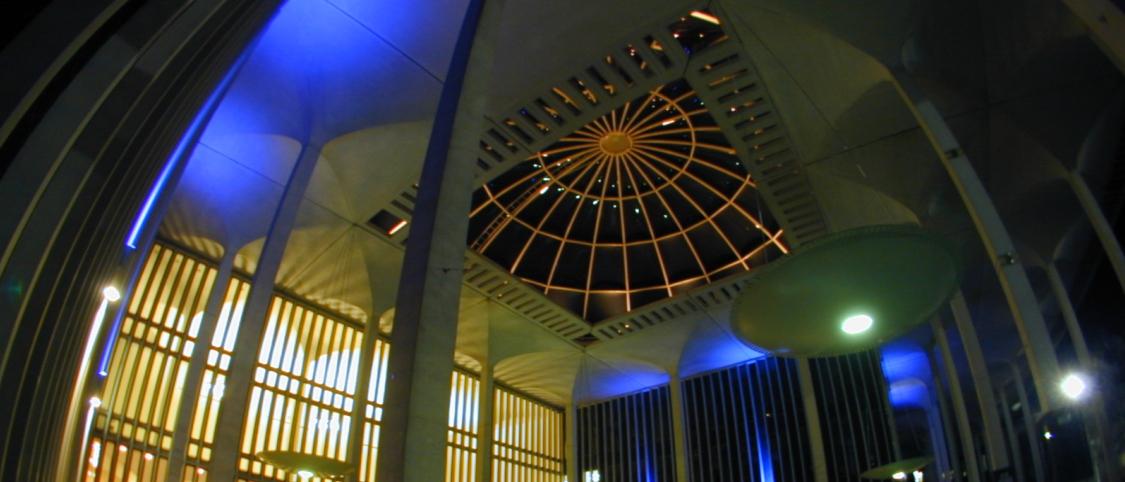
Music Program (518) 442-4187
www.albany.edu/musicandtheatre
PerformingArts Center (518) 442-3995
www.albany.edu/pac

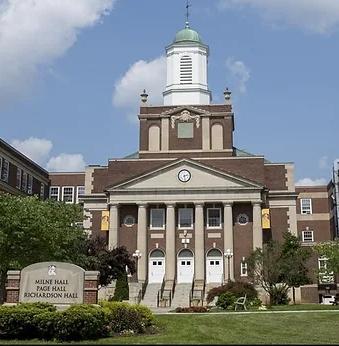
Theatre Program (518) 442-4200
www.albany.edu/musicandtheatre
Latecomers will be seated at the discretion of the management and its staff.
The use of photographic or recording devices of any kind during this performance is strictly prohibited.
There is no food or drink allowed in the theatres, nor is smoking allowed in UAlbany buildings.
. To avoid disrupting the performance, kindly disable any noise making electronic devices you may have with you.
Please take time to note the location of the fire exits nearest to you. In the event of an emergency, an announcement will be made from the stage. Please proceed to the nearest exit in an orderly fashion.
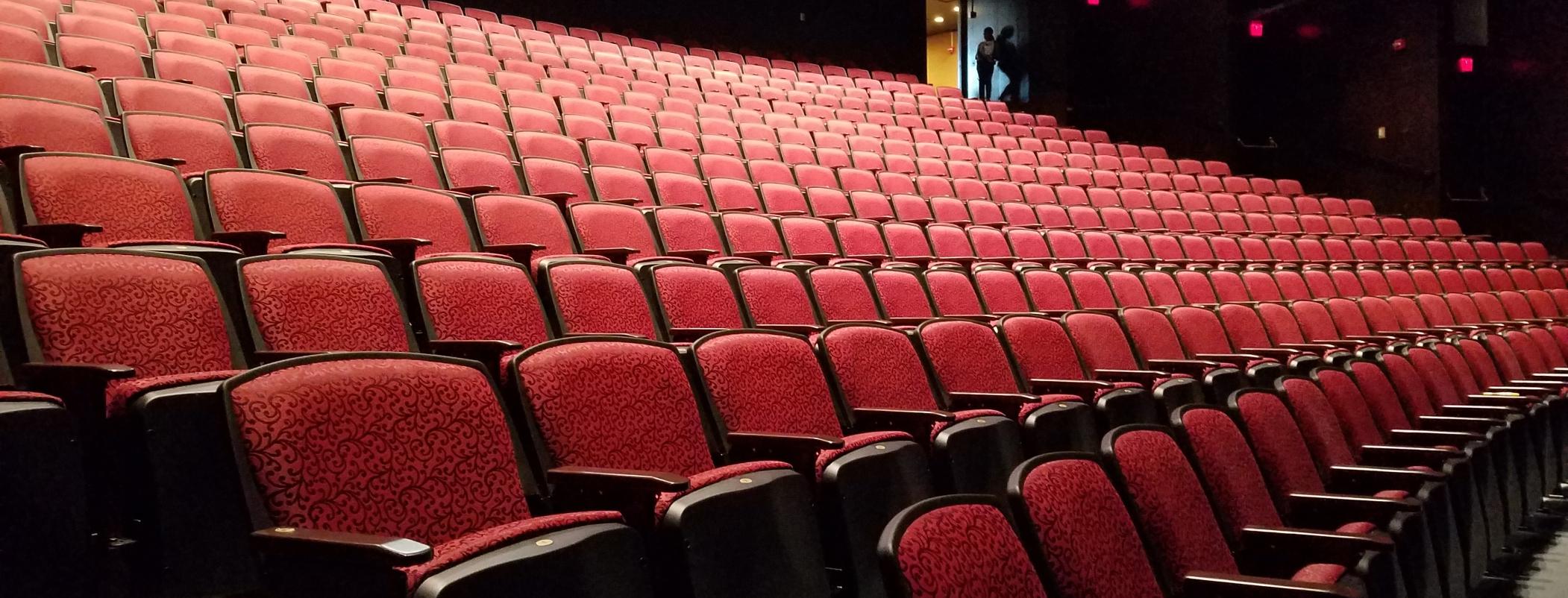
The UAlbany Performing Arts Center’s six theatres, three lounges and other spaces are available for rental.
The UAlbany Performing Arts Center’s six theatres, three lounges and other spaces are available for rental.



